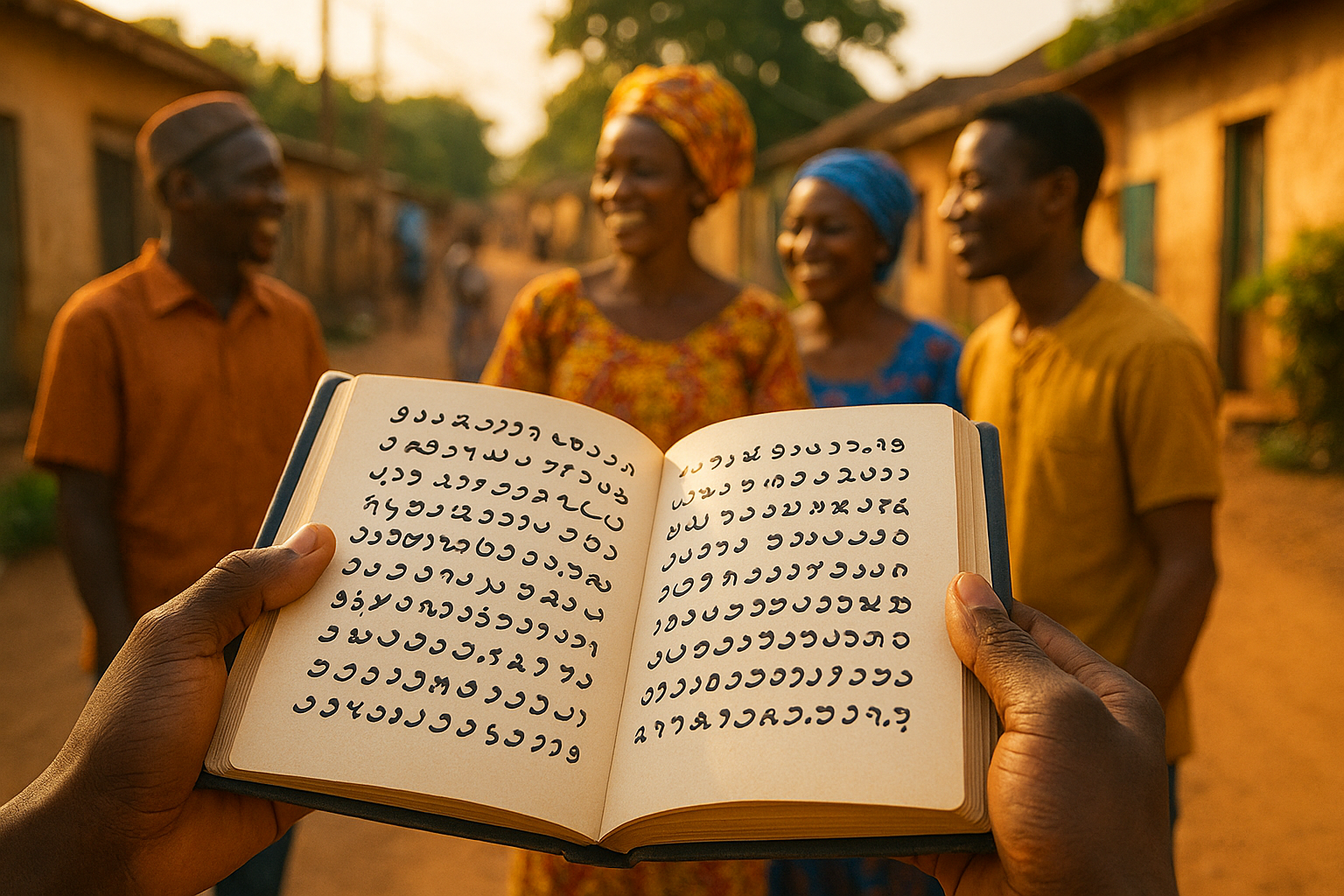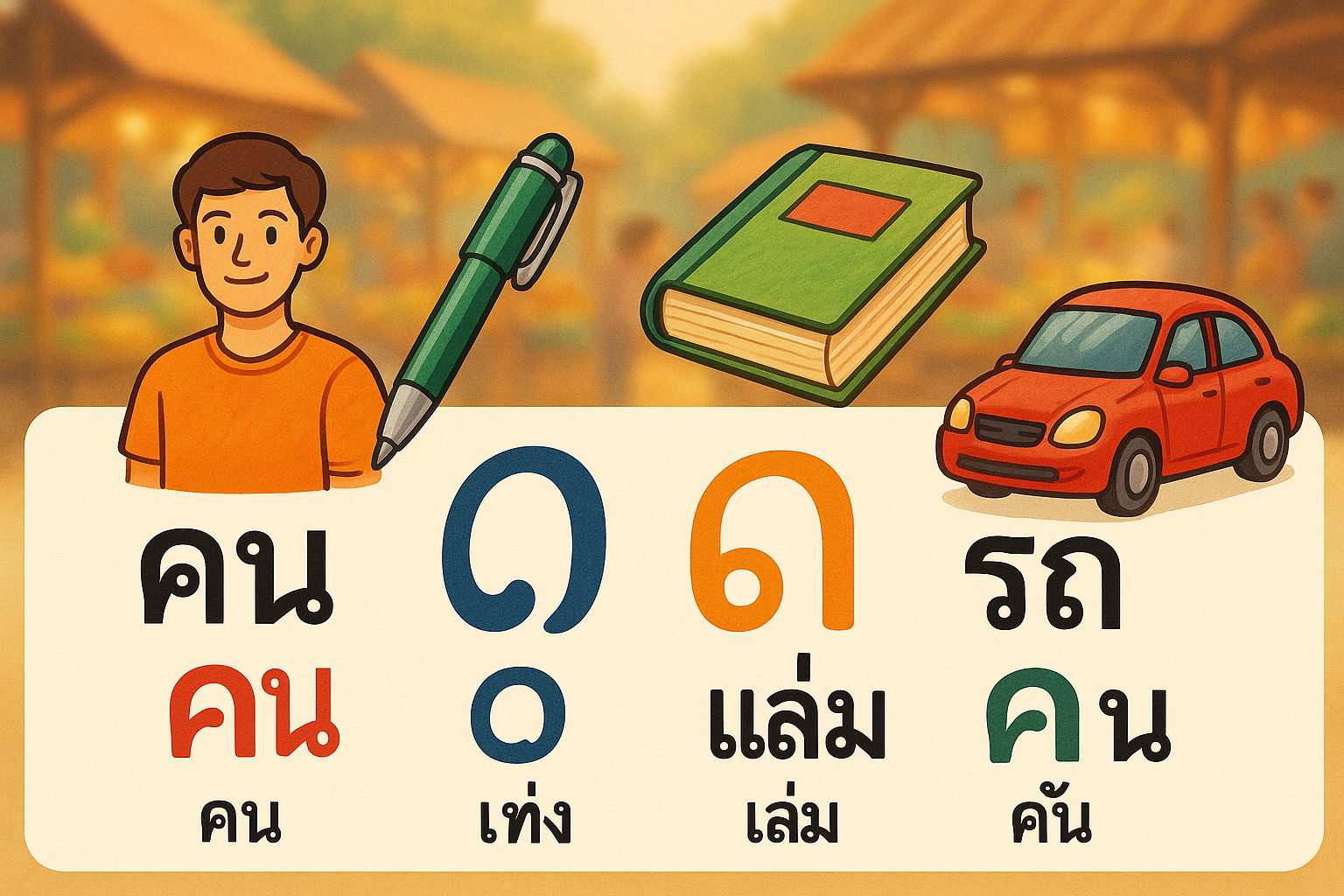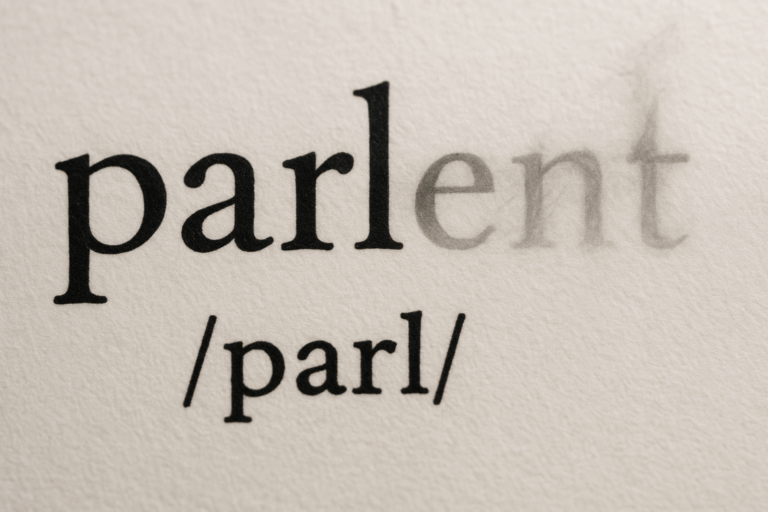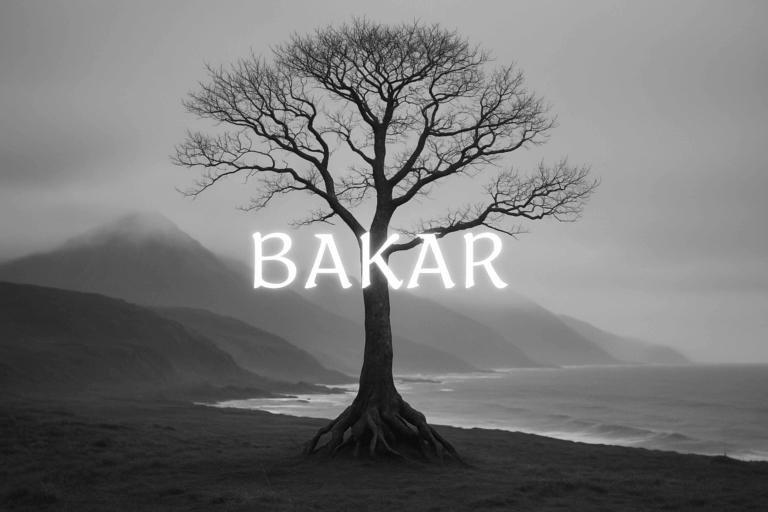When we think of alphabets, we often picture ancient scrolls and carved stones—systems like Egyptian hieroglyphs or Latin script, whose origins are lost in the mists of time. But what if a writing system could be a tool of modern revolution? What if an alphabet, born less than a century ago, could actively reshape a region’s cultural and digital landscape? This is the story of N’Ko, the alphabet for a revolution of the mind.
Created in 1949, N’Ko is the brainchild of a single, determined man: Solomana Kante. It was designed to give a unified, native script to the Manding languages—a family of closely related tongues spoken by over 45 million people across West Africa, including Maninka, Bambara, Dyula, and Mandinka. This is not just a tale of linguistic ingenuity; it’s a powerful narrative of self-determination, cultural pride, and the enduring power of a written word that truly speaks its people’s language.
A Pen Against a Prejudice
The story of N’Ko begins with an insult. In the 1940s, Solomana Kante, a Guinean educator and intellectual, came across a Lebanese journalist’s article that repeated a common colonial-era trope: that Africans were a “people without culture” because they lacked an indigenous writing system. For Kante, this was not just an inaccuracy; it was a call to action.
He knew this wasn’t true. West African cultures were rich with complex oral histories, epic poems, and sophisticated knowledge systems. The problem wasn’t a lack of culture, but a lack of a suitable tool to record it. For centuries, Manding speakers had used the Arabic script (known as Ajami) for religious and commercial purposes, and the Latin script was imposed during colonial rule. But neither was a perfect fit.
The core issue was tone. Manding languages are tonal, meaning the pitch of a vowel can completely change a word’s meaning. Using the Latin or Arabic scripts, which don’t inherently mark tones, was like trying to write English without the letters ‘a’, ‘e’, ‘i’, ‘o’, or ‘u’. The potential for ambiguity was immense. The same spelling could refer to entirely different concepts, making literacy a frustrating exercise and hampering clear communication.
The Genius in the Glyphs: How N’Ko Works
Frustrated by these limitations, Solomana Kante spent years meticulously crafting a new writing system from scratch. He didn’t just adapt an existing script; he engineered one from the ground up, specifically for the sounds and structure of Manding. The result, N’Ko, is a masterpiece of linguistic design.
Perfectly Pitched: The Tonal System
N’Ko’s greatest innovation is its elegant solution to the tone problem. Kante created a system of diacritics—small dots and marks—that are placed above the vowels to indicate their tone. There are marks for a short vowel, a long vowel, and the four primary tones: high, low, rising, and falling.
Consider this classic example from the Maninka language:
- The word written as ba in Latin script could mean “goat” or “river.”
- With tones, however, the meaning is crystal clear: bà (with a low tone) means “goat,” while bá (with a high tone) means “river.”
In N’Ko, these would be written as distinct words using different tonal marks on the vowel, eliminating all confusion. This feature alone made N’Ko infinitely more precise for Manding speakers than its predecessors.
A Script That Speaks the Language
The brilliance of N’Ko extends beyond just tones:
- Direction: It is written from right to left, a familiar direction for the many Manding speakers already literate in Arabic.
- Phonetic Purity: N’Ko is a true alphabet with a one-to-one correspondence between letters and sounds. It has 7 vowels and 20 consonants, perfectly matching the phonology of Manding languages. This avoids the clumsy letter combinations (like ‘ny’ for ɲ or ‘ng’ for ŋ) required when using the Latin alphabet.
- Connected Script: Like Arabic, the letters connect to each other in a fluid, cursive style, making it aesthetically pleasing and efficient to write.
From One Man’s Vision to a People’s Voice
After finalizing his alphabet on April 14, 1949, Kante dedicated the rest of his life to its dissemination. He became a traveling evangelist for his creation. He wrote by hand, and later with a self-made typewriter, a vast library of materials in N’Ko: school textbooks on everything from math to history, translations of the Quran and the Bible, a dictionary, and collections of traditional fables.
He named his script N’Ko, which translates to “I Say” in all Manding languages. The name itself is a declaration—a powerful statement of agency and voice for millions. Kante’s grassroots movement took hold. He trained teachers, who in turn trained others. The script slowly spread from his native Guinea to neighboring Côte d’Ivoire, Mali, Liberia, Sierra Leone, The Gambia, and beyond, passed from one learner to the next.
N’Ko in the 21st Century: Thriving in the Digital World
For any modern script to survive, it must make the leap from paper to pixels. N’Ko has done so spectacularly. A major turning point came in 2006 when N’Ko was officially added to the Unicode standard (U+07C0–U+07FF). This was a monumental achievement, allowing the script to be used on computers, smartphones, and the internet.
Today, N’Ko is alive and well in the digital realm:
- Social Media: Manding speakers chat on WhatsApp, post on Facebook, and tweet in their native script.
- Operating Systems: N’Ko keyboards are available for Android and iOS, and there are even efforts to create full-fledged operating systems localized in N’Ko.
- Information Access: Wikipedia exists in N’Ko, and news websites and educational apps are flourishing, providing content for and by the Manding community.
The digital adoption of N’Ko has transformed it from a specialist script into a daily tool for communication, education, and entertainment. It has allowed a new generation to connect with their linguistic heritage in a thoroughly modern way.
More Than an Alphabet: A Symbol of Unity and Pride
The impact of Solomana Kante’s creation goes far beyond linguistics. N’Ko has become a powerful symbol of Pan-Manding identity, uniting speakers across the artificial borders drawn by colonial powers. It fosters literacy by providing a system that is intuitive and easy to learn for native speakers.
By allowing for the preservation of oral traditions in a written form that captures their full nuance, N’Ko is safeguarding cultural memory for future generations. It stands as a profound testament to the idea that every language community has the right to linguistic self-determination.
The story of N’Ko—which means “I Say”—is a reminder that sometimes, the most powerful way to change the world is to give people the tools to speak their own truth, in their own words, with their own letters.











